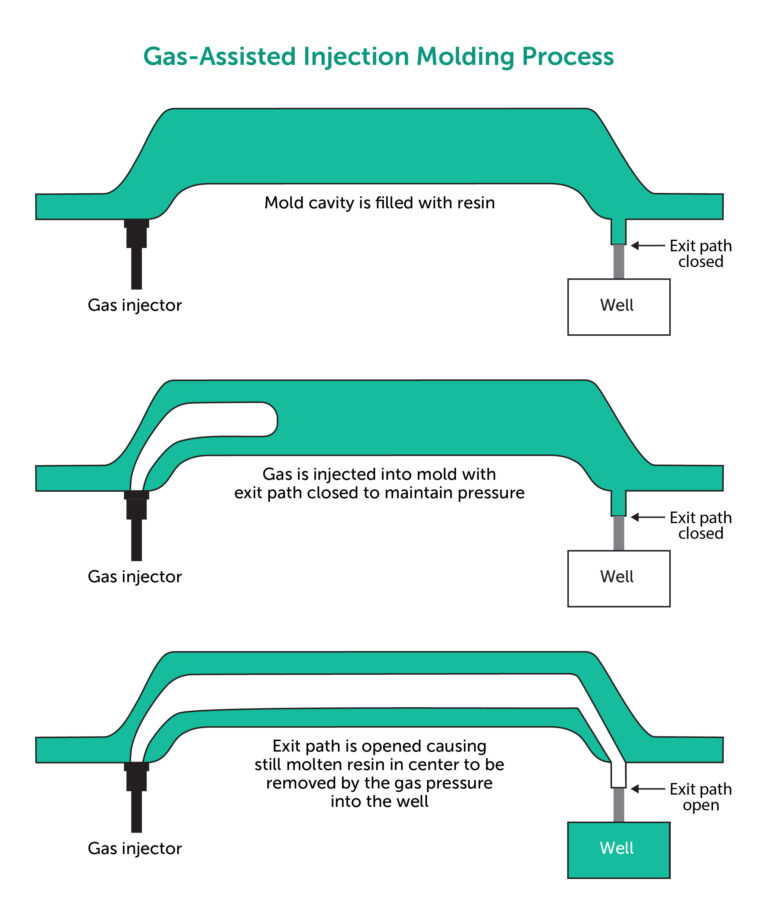Time to read: 5 min
Acrylic is a clear and commonly used injection molding plastic. The chemical name for acrylic is Poly(methyl methacrylate), which can be shortened to PMMA. The main advantage of injection molded acrylic is its transparency and shatter resistance. Acrylic is also strong and lightweight, which makes it a great substitute for glass. In addition, PMMA resists ultraviolet (UV) light and contact with water, which makes it suitable for outdoor windows and enclosures.
Although PMMA is normally transparent, it can be colored if you need translucent or opaque parts. This article discusses PMMA’s material properties, how it’s processed, design guidelines for injection molding, and how to execute a successful acrylic injection molding project. Keep reading to learn more, then create a free Fictiv account and request a quote.
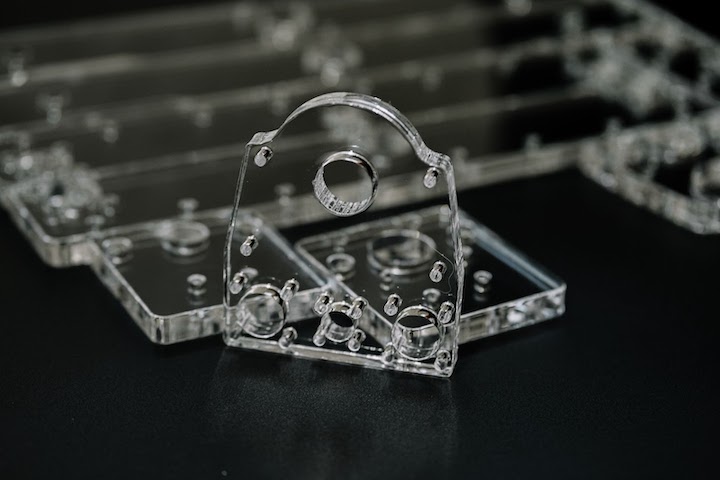
Advantages of Acrylic Injection Molding
If you are considering acrylic for your injection molded parts, below are some characteristics to consider when evaluating this popular polymer.
Energy Efficiency
Plastic injection molding isan energy-intensive process. Plastic pellets or granules are melted, and this molten material is injected at high pressure into a mold. Acrylic injection molding requires less energy than other plastics because of PMMA’s relatively low processing temperature. This reduces cycle times and overall costs since less heating and cooling are required.
Weather Resistance
Injection molded acrylic is naturally resistant to sunlight and isn’t adversely affected by contact with rainwater. This makes PMMA a good choice for outdoor applications where material clarity and long-term environmental resistance is required.
Dimensional Stability
Injection molded parts need to be kept as close as possible to their required dimensions. With its excellent dimensional stability, PMMA is a good choice for any volume of parts, but especially for high-volume runs where tooling can wear and processing conditions can change.
Chemical Resistance
Injection-molded acrylic is resistant to a variety of chemicals, including detergents, diluted acids, alkalis, and aliphatic hydrocarbons. Examples of aliphatic hydrocarbons include propane, butane, petroleum oil, mineral oil, and diesel fuel. This makes acrylic products a good choice for many industrial and transportation-related applications.
Optical Transparency
With a light transmittance between 91%-93%, acrylic is a great choice for injection molded parts where clear and lightweight materials are needed. Acrylic also has a very low haze value, which makes PMMA optically clearer than other polymers.
Recyclability
Because it’s 100% recyclable, acrylic is a common replacement for glass. After virgin acrylic has reached its useful life for an initial application, it can be reused in other products instead of sent to the landfill.
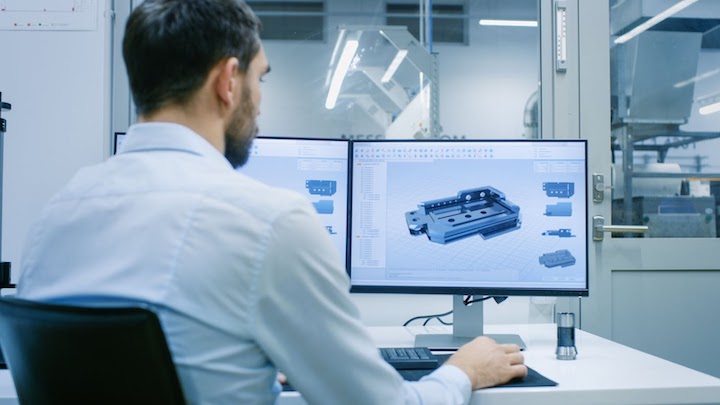
Design Guidelines for Acrylic Injection Molding
All injection molded parts follow standard design guidelines to minimize defects and limit potential processing challenges. Fictiv’s injection molding experts can help you with this process, and we also offer a useful injection molding design guide to use as a reference.
Download the Injection Molding Design Guide
Below are some specific design considerations with acrylic injection molding.
Wall Thickness
Keep the wall thickness of injection molded acrylic parts between 0.025 and 0.150” (.635 to 3.81 mm). Also, remember that wall thickness needs to remain fairly constant. In other words, avoid abrupt and significant changes in the thicknesses of adjacent walls.
Radii
Avoid sharp corners to improve moldability and reduce stress concentrations; acrylic is especially sensitive to sharp corners. Maintain a minimum radius equal to 25% of the wall thickness. For maximum strength, use a radius equal to 60% of the wall thickness.
Draft Angle
Like other injection molded plastics, acrylic parts need a draft angle between 0.5° and 1° to ensure that parts can be ejected easily from the mold without damage. For more polished surfaces, like those of optically clear moldings, the draft angle will probably need to be greater.
Part Tolerance
Injected molded parts have two main types of part tolerances: commercial and fine. For parts under 160 mm, commercial tolerances for acrylic parts can range from 0.1 to 0.325 mm. Fine tolerances of 0.045 to 0.145 mm can be achieved for injection-molded acrylic parts equal to and smaller than 100 mm.
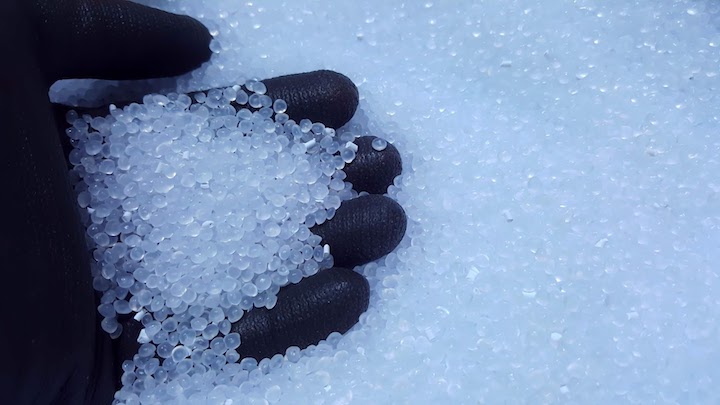
Acrylic Material Properties
Like other injection molded plastics, acrylic can be characterized in terms of its typical material properties. Mold shrinkage and water absorption are especially critical because of their relationship to drying and processing. Mechanical properties such as tensile and flexural strength are also important to consider during part design.
The table below lists the material properties of generic acrylic (PMMA).
| PMMA | ||
|---|---|---|
| Physical | Density (g/cm3) | 1.13-1.19 |
| Shrinkage Rate (%) | 0.4-0.61 | |
| Rockwell Hardness (R) | 71-102 | |
| Mechanical | Tensile Strength at Yield (PSI) | 6,390-10,700 |
| Elongation (%) | 3.0-12 (Break) | |
| Flexural Modulus (PSI) | 247,000-509,000 | |
| Flexural Strength (PSI) | 6,770-18,900 | |
| Injection Molding | Drying Temperature (°C) | 75-91 |
| Drying Time (hrs) | 3.4-5.1 | |
| Melt Temperature (°C) | 225-272 | |
| Mold Temperature (°C) | 59.4-81.1 | |
Table 1: Material properties of common Generic Acrylic PMMA (Source: UL Prospector)
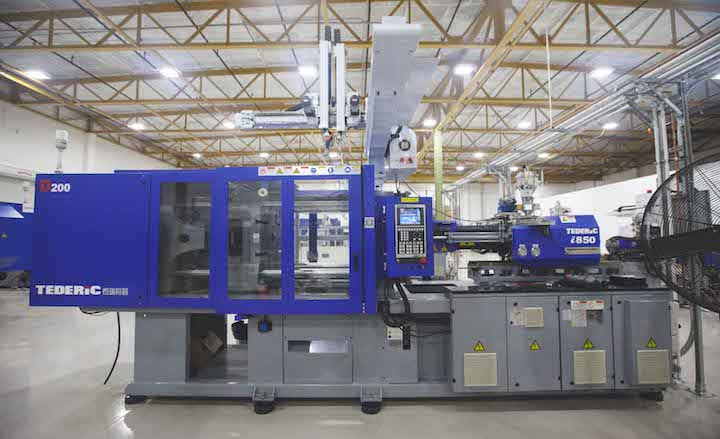
Acrylic Material Processing
Like other types of injection molded plastics, acrylic needs to be processed properly to avoid part defects and other issues. The key elements to consider are listed below:
Moisture
Acrylic absorbs moisture over time. Even though it’s fine to use in wet environments, acrylic pellets must be fully dried before processing, which adds time and costs. Failing to remove moisture can result in molded parts with cloudiness, bubbles, or other surface defects. Normal drying times for PMMA are between 3.4 and 5.1 hours.
Temperature Control
Acrylic that is overheated is subject to thermal decomposition (aka the heat-induced breakdown of chemical bonds). Typically, brown or burn marks on injection molded parts indicate that injection molding was performed at excessive temperatures., which can be caused by problems with a machine’s temperature control or screw speed.
Injection Pressure
Because of the viscosity of acrylic, higher injection pressures are usually needed; however, lower pressures may be suitable for smaller, simpler, or thicker products.
Also, skilled injection molderw will keep the following two guidelines in mind.
- If the injection pressure is too high, increased friction can cause molded parts to stick, which complicates their removal and adds production costs.
- If the injection pressure is too low, mold shrinkage increases and can result in out-of-tolerance parts that won’t meet design requirements.
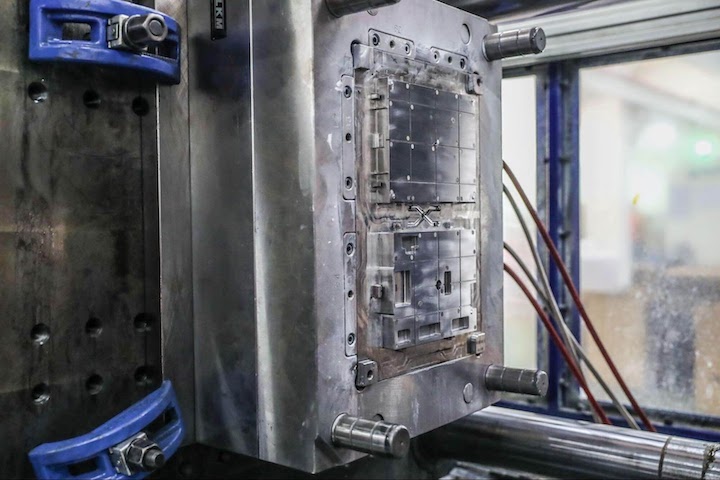
Injection Speed
Injection molding speed is also an important processing consideration for acrylic. If the speed is too fast, the plastic may burn or thermally decompose. The result is part defects such as weld lines, poor finish, or discoloration. If the injection molding speed is too slow, however, there may be an insufficient filling of the mold.
Shrinkage
All plastics undergo some degree of shrinkage during injection molding. With acrylic, shrinkage rates range from 0.4 to 0.61%. This is on the lower end compared to other injection molded plastics, but it’s still an important consideration.
When acrylic is heated into its molten form, its density decreases and its volume increases. After injection, the plastic is cooled inside the mold and this cooling causes the acrylic to contract. Most shrinkage happens inside the mold, but some may occur after ejection.
To ensure the dimensional accuracy of parts, injection molds must be designed to account for a plastic’s anticipated shrinkage. Shrinkage can also be affected by injection pressure, melt and mold temperatures, and holding pressure. When you work with Fictiv, you’ll gain access to our engineers and partners who have extensive injection molding expertise, including design for manufacturing (DFM) feedback.
Succeeding With Acrylic Injection Molding
Acrylic is a commonly used injection molding plastic, but a good plan and skilled production partner are critical to avoid the added costs and risks that come with inadequate drying or improper processing methods. Fictiv has the global manufacturing network and production experts you need to get quality acrylic parts. We also have the skills and know-how to support you from part design through prototyping and production.
Create your free Fictiv account and request an injection molding quote today — we mold complex parts at ridiculous speeds!










